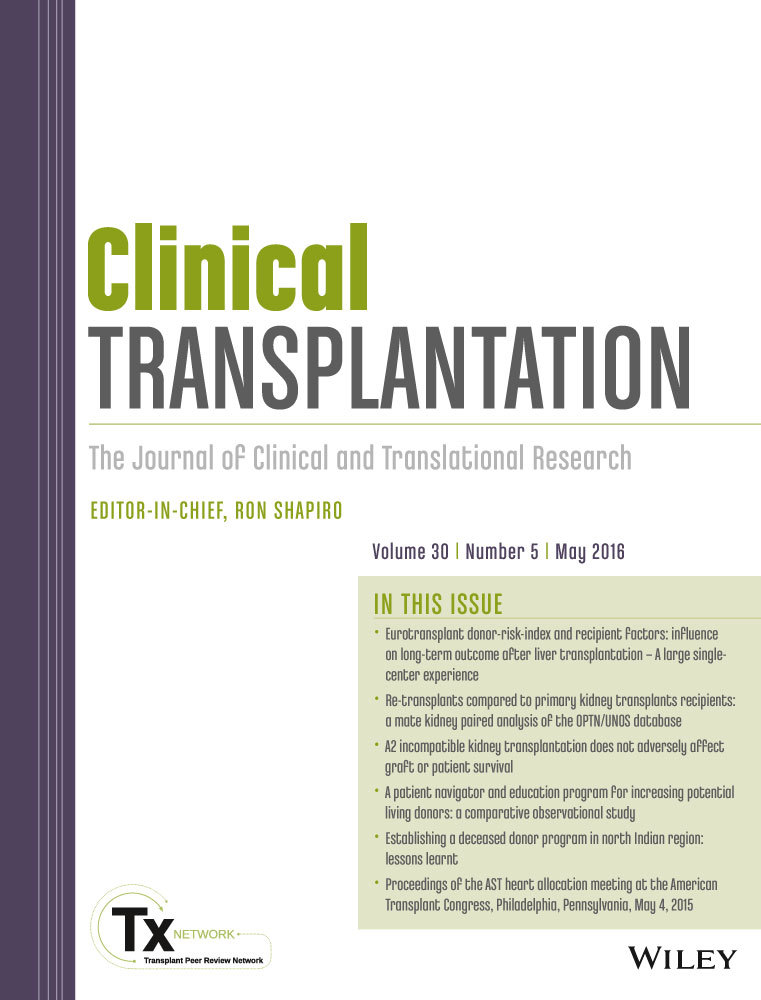A randomized, prospective comparison of transition to sirolimus-based CNI-minimization or withdrawal in African American kidney transplant recipients
Abstract
Background
There is a lack of conclusive evidence to suggest if calcineurin inhibitor (CNI) withdrawal or minimization with sirolimus is the best strategy for African Americans.
Methods
This was a randomized, prospective, open-label, pilot study comparing the two mammalian target of rapamycin (mTOR) transition strategies in adult African Americans between six and 24 wk post-transplant. The primary outcome was a comparison of the eGFR at one yr after conversion.
Results
Forty patients were randomized and analyzed in an intent-to-treat fashion. Median day of transition was day 96 (withdrawal) and 68 (minimization). Patients in the CNI-withdrawal group (n = 23) had significantly higher eGFR at one yr compared to the CNI-minimization group (n = 17, 73 vs. 56 mL/min, p = 0.03), as well as a significantly larger increase in eGFR from baseline (12 vs. 5 mL/min, p = 0.03). There were no differences in infections, acute rejection, death, or graft loss. Both regimens were constrained by disproportionately high discontinuation rates despite modest toxicity profiles.
Conclusion
In spite of considerable withdrawal rate across both study arms, African American kidney transplant recipients who underwent early transition to a sirolimus-based CNI-withdrawal regimen had significantly better graft function at one yr compared to those transitioned to a sirolimus-based CNI-minimization regimen. Clinicaltrials.gov identifier: NCT01005706.




